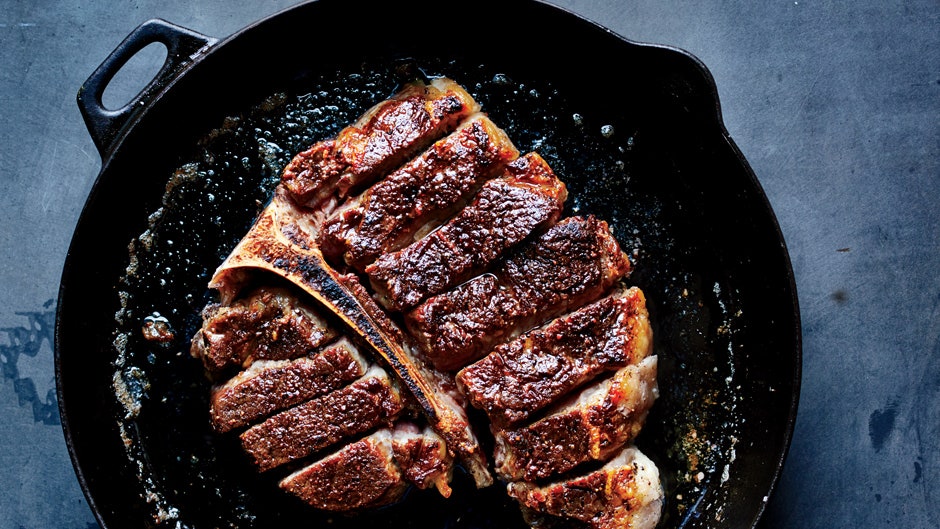Baking sourdough bread has become a beloved art form in recent years. Many baking enthusiasts, including professionals, have embraced the challenge of making the perfect loaf at home. One popular method is to use a cast iron skillet. This technique brings unique benefits to the bread making process. In this article, we’ll delve deeply into how to bake sourdough in cast iron skillet to achieve tremendous results.

Introduction to Sourdough and Cast Iron Skillet
What is Sourdough?
Sourdough bread is known for its tangy flavor, chewy texture, and crisp crust. It is made from a naturally fermented dough containing wild yeast and lactic acid bacteria. The fermentation process gives sourdough its distinguished taste and texture.
Why Use a Cast Iron Skillet?
Cast iron skillets are prized for their heat retention and even heat distribution. These features are crucial when baking bread, as they ensure a uniform crust and well-cooked interior. Additionally, the heavy lid of a cast iron skillet traps steam, which is essential for achieving a crispy, golden crust.

Getting Started: Preparation
Ingredients and Tools Youll Need
- Sourdough starter
- Flour
- Water
- Salt
- Cast iron skillet
- Mixing bowl
- Bench scraper
- Kitchen scale
Preparing Your Sourdough Starter
Ensure that your sourdough starter is active and bubbly. If your starter has been in the refrigerator, feed it and let it sit at room temperature for several hours before starting your dough.

Mixing and Kneading the Dough
Combining Ingredients
In a large mixing bowl, combine the flour, water, and sourdough starter. Mix until all the ingredients are thoroughly combined. Let it rest for 30 minutes to allow the flour to hydrate fully.
Kneading the Dough
After resting, add the salt to the dough. Knead by hand or use a stand mixer with a dough hook until the dough is smooth and elastic. This process may take about 10-15 minutes.
First Rise: Bulk Fermentation
Why Bulk Fermentation is Critical
Bulk fermentation allows the dough to develop flavor and structure. Place the dough in a lightly oiled bowl, cover it with a damp cloth, and let it rise at room temperature for 3-5 hours, or until it has doubled in size.
Folding and Shaping the Dough
During bulk fermentation, perform a series of folds to strengthen the dough. Every 30 minutes, grab one side of the dough, pull it, and fold it over itself. Repeat this process from all sides.
Second Rise: Proofing the Dough
Shaping the Dough
After the first rise, gently turn the dough out onto a lightly floured surface. Shape it into a tight ball, ensuring there are no air pockets. Let it rest for a few minutes.
Proofing
Place the shaped dough into a proofing basket or bowl lined with a floured cloth. Cover it and let it proof for 1-2 hours at room temperature or overnight in the refrigerator.
Preheating and Preparing the Cast Iron Skillet
Preheating the Skillet
Before baking, preheat your cast iron skillet in the oven at 475F (245C) for at least 45 minutes. This ensures the skillet is hot enough to create an impactful oven spring and crust formation.
Preparing the Dough for Baking
Once the skillet is preheated, carefully remove it from the oven. Place a piece of parchment paper inside the skillet and gently transfer the proofed dough onto it. Score the top of the dough with a sharp knife or razor blade to allow it to expand properly.
Baking the Sourdough Bread
Initial Bake with Steam
Cover the skillet with its heavy lid and place it in the oven. Bake for 20 minutes. The steam trapped inside will help in developing a crispy and golden crust.
Uncover and Finish Baking
After 20 minutes, remove the lid and continue baking for another 20-30 minutes or until the loaf is deeply browned and sounds hollow when tapped on the bottom.
Cooling and Storing Your Sourdough Bread
Cooling the Bread
Once baked, remove the bread from the skillet and let it cool on a wire rack. Although it may be tempting to slice into it immediately, allow it to cool completely to set its structure.
Storing Sourdough Bread
Store your sourdough bread in a paper bag or bread box to maintain its crusty exterior. Avoid storing it in plastic bags, as this can make the crust turn soft.
Additional Tips for Perfect Sourdough
Using Alternative Flours
Experiment with different types of flour such as whole wheat, rye, or spelt to add diverse flavors and textures to your sourdough loaf.
Troubleshooting Common Issues
If your bread is too dense or did not rise properly, it may be due to an inactive starter or insufficient fermentation time.
FAQs
What size cast iron skillet should I use?
A 10 to 12-inch cast iron skillet is ideal for baking sourdough bread.
Can I use a different type of starter?
Yes, you can use a whole wheat or rye starter, but it may affect the flavor and texture of your bread.
How do I maintain my cast iron skillet?
Regularly season your cast iron skillet by rubbing it with a thin layer of vegetable oil and heating it in the oven at 375F (190C) for an hour.
Learn more about how to clean your cast iron skillet
As an Amazon Associate, I earn from qualifying purchases.
